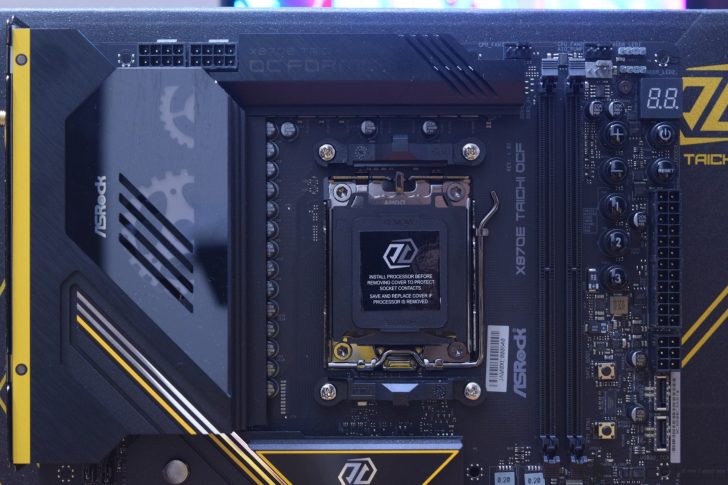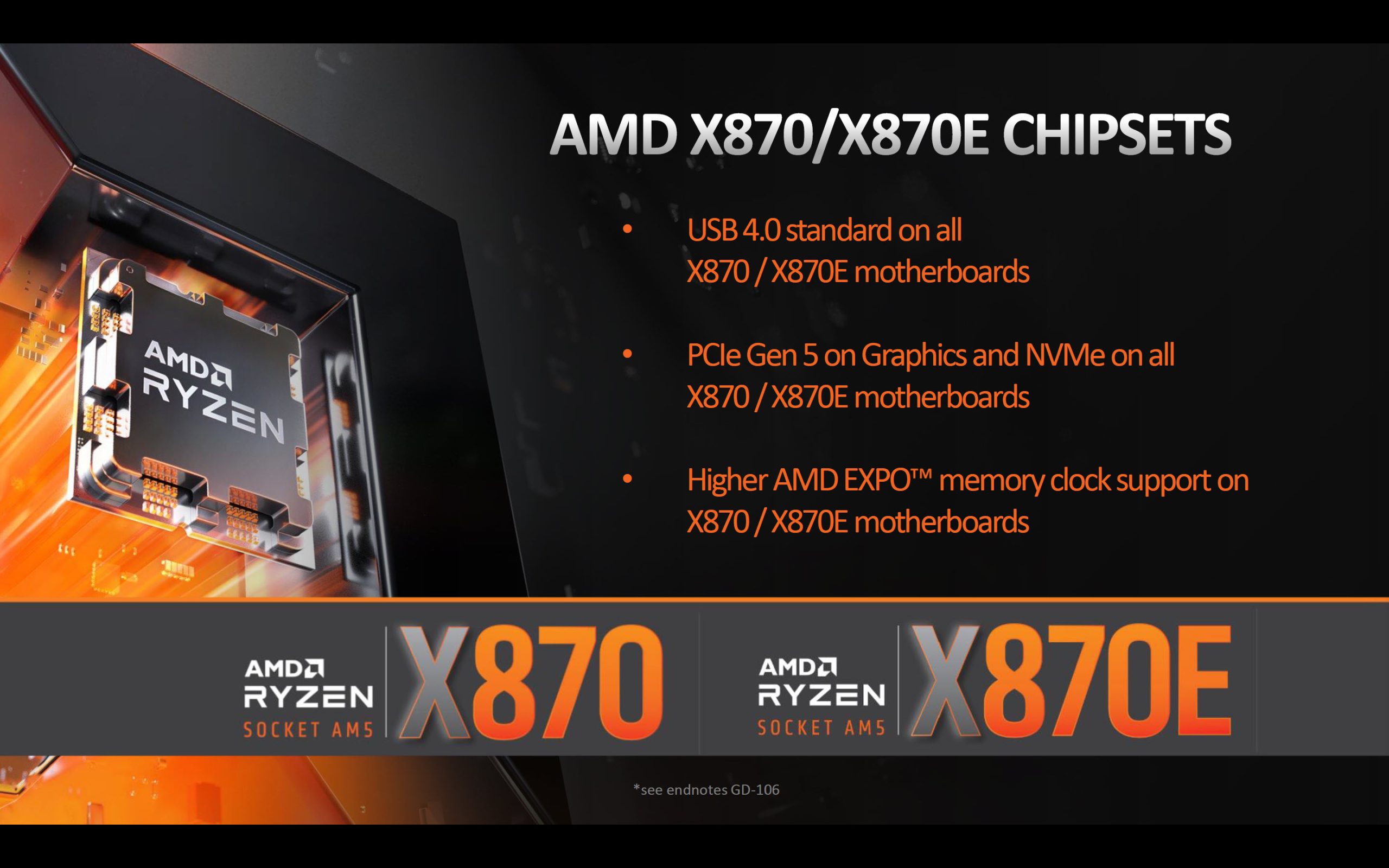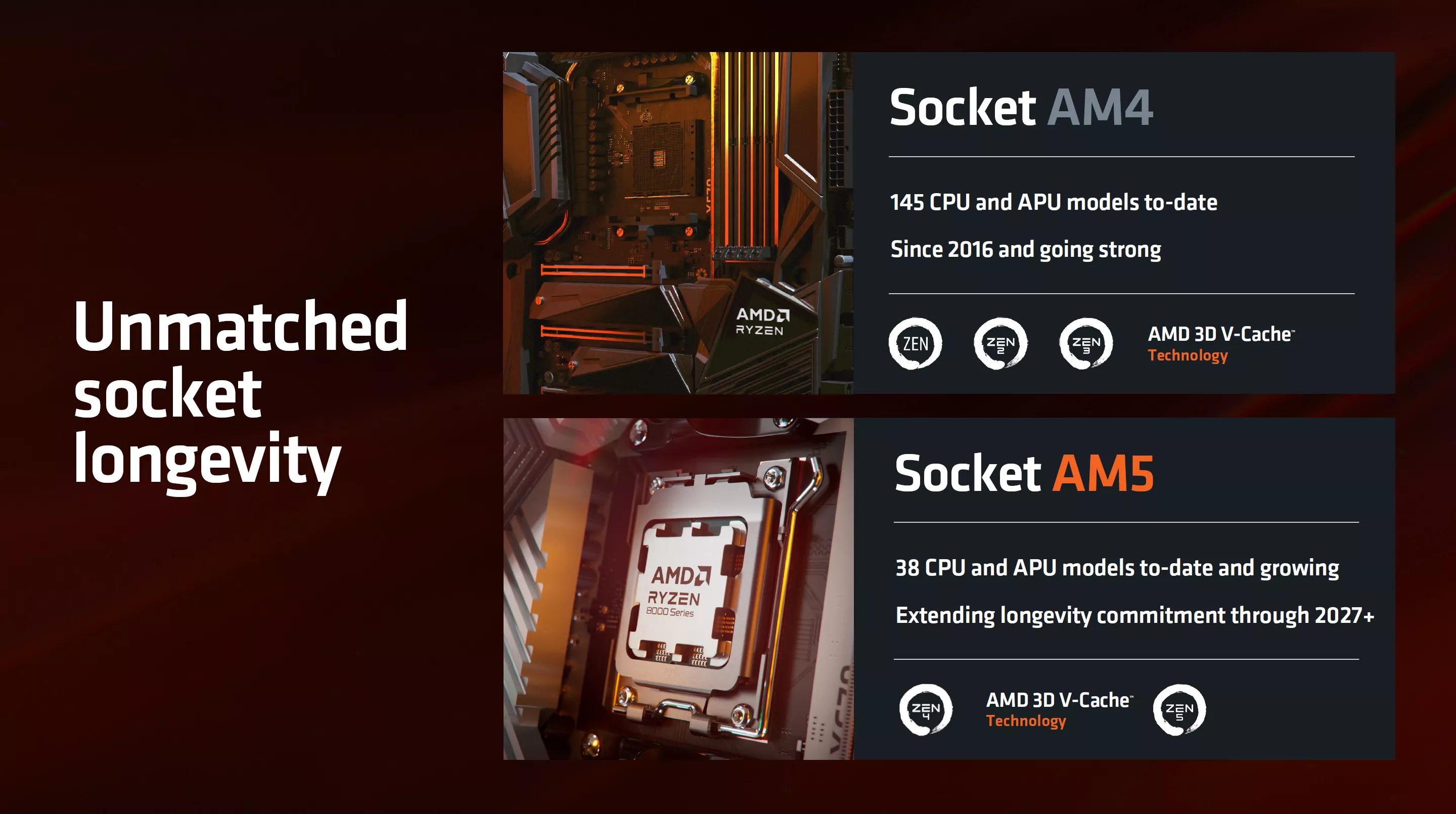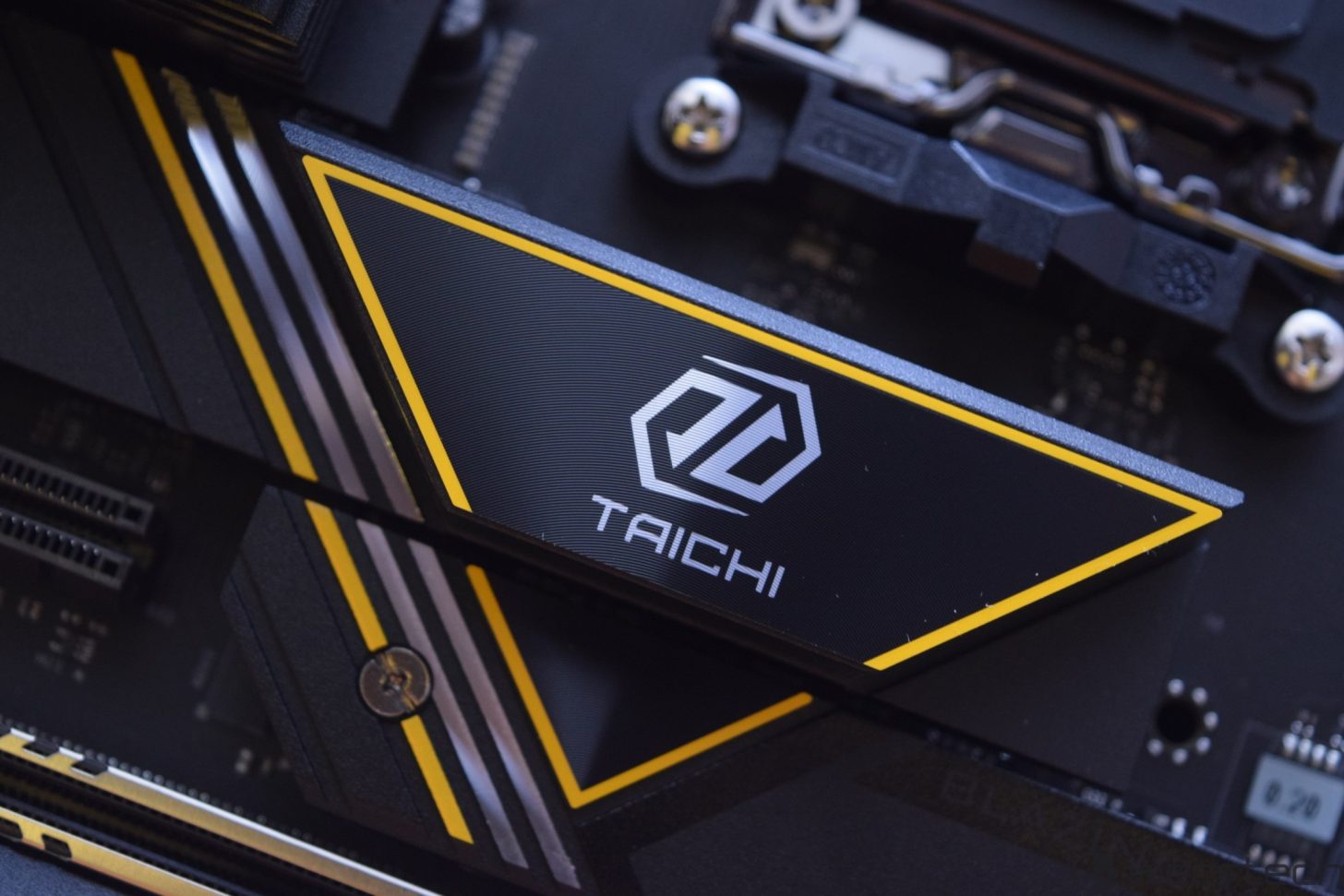The AMD AM5 platform has undergone significant evolution since its introduction alongside the 600-series motherboards. Over the past three years, it has supported the Ryzen 7000, 8000, and 9000 series CPUs, making it a cornerstone for gaming and content creation enthusiasts. With an eye toward innovation, AMD has now unveiled its 800-series chipset line, promising to enhance user experiences with the latest technologies.
Introducing the X870 and B850 Chipsets
The new AMD 800-series includes the X870 and B850 chipsets, designed for both high-end and mainstream AM5 motherboards. These chipsets are packed with exciting new features that are sure to attract both new and seasoned AMD builders eager to upgrade their systems. Among the highlights, the X870E and X870 chipsets offer improved I/O memory support and additional overclocking capabilities for the Zen 5-based Ryzen 9000 “Granite Ridge” CPUs.

Rising to New Performance Heights
These upgraded motherboards, including ASRock’s X870E Taichi OCF, are geared for extreme overclocking on the AM5 platform. Features such as USB 4.0 and PCIe Gen5 support on graphics and NVME are standard across the X870/X870E series, providing a robust platform for intensive computing tasks. Additionally, the new PBO and CO algorithms that come with the Ryzen 9000 CPUs are fully supported, offering enthusiasts more control over system performance.

Transitioning to AM5: A New Era
The transition from AM4 to AM5 marks a significant shift, with the LGA 1718 socket replacing the longstanding PGA design. This new socket ensures more robust communication with the CPU, paving the way for advanced features. AMD commits to supporting the AM5 platform until at least 2027, reflecting their dedication to long-term consumer satisfaction. With upcoming budget-friendly and feature-rich AM5 options like the 800-series, the platform is set to maintain its momentum in the market.

For those interested in the evolving landscape of motherboard technology, the AMD B850 and B840 motherboards offer options without native USB4 support but still provide Gen5 GPU support, making them attractive for those on a budget. Meanwhile, the existing A620 series continues to target the entry-level market, ensuring AMD’s chipset lineup remains comprehensive and competitive.
